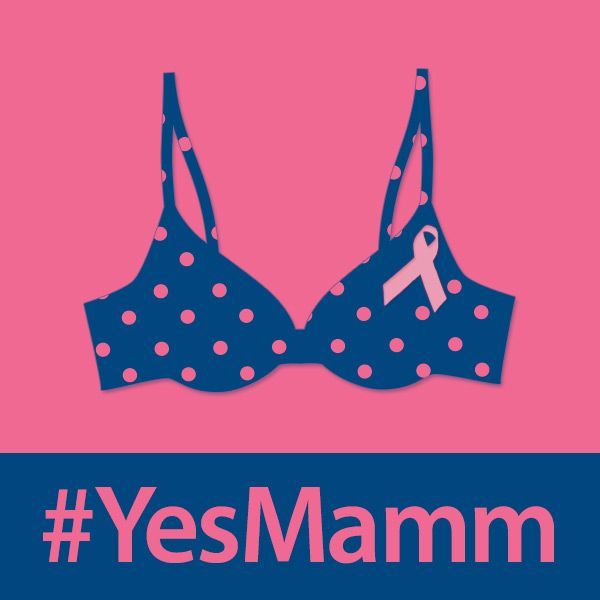Changes since the 1970s in healthcare marketing
During the last several decades, much attention has been paid to the development of healthcare advertising. This process undergoes multiple changes because people find it effective to replace traditional principles of marketing with innovative ideas. American organizations are ready to spend billions of dollars on healthcare and medical marketing. One of the most evident changes since the 1970s includes the growth of direct-to-consumer advertising for disease awareness campaigns, laboratory tests, and health services (Schwartz & Woloshin, 2019). The goals were the promotion of consumerism, intellectual empowerment of the population, and sale increase.
Current healthcare marketing, its advantages and appropriateness
Current healthcare marketing is advantageous due to its focus on education, information exchange, and the establishment of trustful relationships between care providers and patients. Compared to the end of the 1900s, current advertisement gains effectiveness by using social media and recent technological devices. As shown in Figure 1, there is no need to use many words or even human faces to prove the urgency of a problem and the necessity to find a solution. The “Yes, Mamm” campaign was initiated by Carilion Clinic in Virginia and supported by many people globally. The choice of the right platform (Twitter), few words, and a catchy design are enough to attract attention. The colors underline the gender aspect, the words indicate consumers’ social position, and the image shows the problem. If people are informed and supported in solving their problems, marketing can be defined as an appropriate practice in health care.

Healthcare marketing changes in the next decade
There are many factors that could determine the quality of marketing strategies, and 4Ps (product, price, place, and promotion) is one of them. Although the 4Ps marketing mix is commonly criticized in terms of its adequacy and relevance, its application to healthcare marketing is effective for vital data exchange (Lahtinen et al., 2020). Relying on the 4Ps strategy, the next decade should bring certain changes to healthcare marketing like the addition of information about people, the identification of a place and a price to be paid, and clear promotion. In other words, the future of healthcare marketing lies in communication, cooperation, and overall awareness.
References
George, R. (2016). #YesMamm [Tweet]. Twitter. Web.
Lahtinen, V., Dietrich, T., & Rundle-Thiele, S. (2020). Long live the marketing mix. Testing the effectiveness of the commercial marketing mix in a social marketing context. Journal of Social Marketing, 10(3), 357-375. Web.
Schwartz, L. M., & Woloshin, S. (2019). Medical marketing in the United States, 1997-2016. JAMA, 321(1), 80-96. Web.